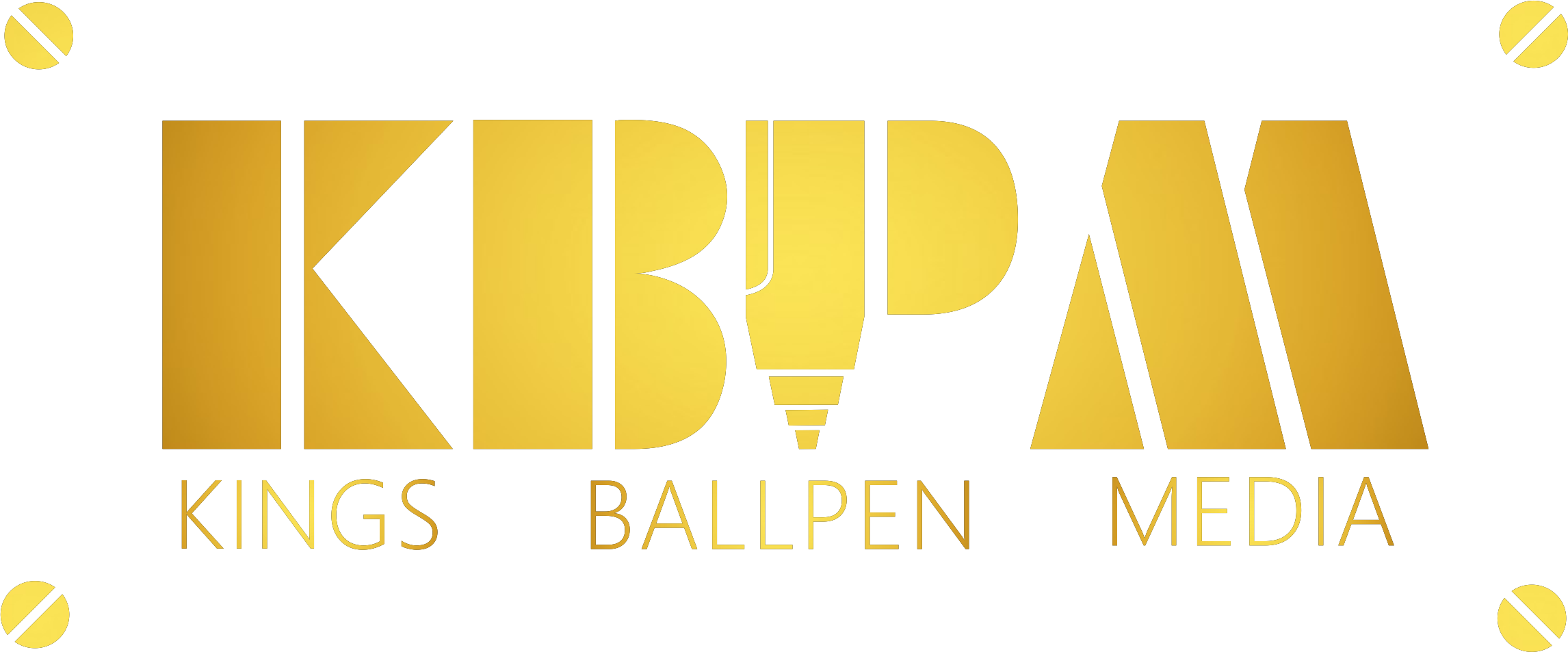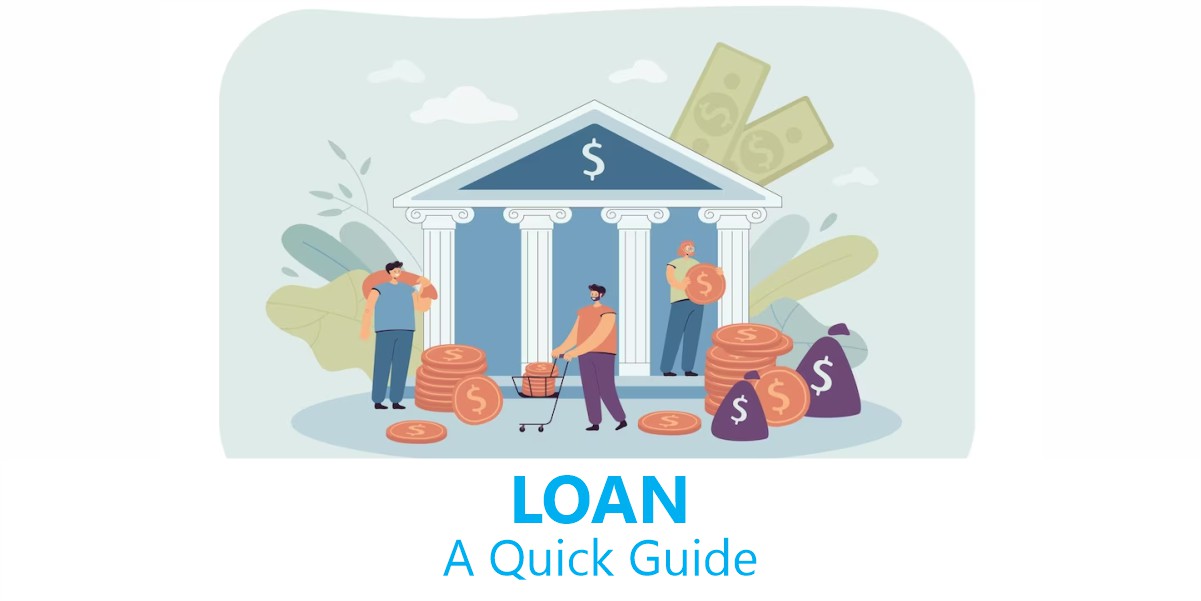Introduction
A loan is a sum of money obtained with the expectation that it would be repaid with interest. There are numerous sources for loans, including banks, credit unions, and online lenders. They can be secured or unsecured and are often utilized for several purposes, such as buying a home or automobile, financing an education, or consolidating debt.
A secured loan is backed by collateral, such as a car loan or a mortgage on a property. If the borrower fails on the loan, the lender may confiscate the security.
In contrast, an unsecured loan is not secured by collateral. Examples of unsecured loans include personal loans and credit card debt. Unsecured loans often carry higher interest rates than secured loans because the lender has no recourse in the event of default.
The lender determines the terms of a loan, including the interest rate, the length of the loan, and the monthly payments, based on the borrower’s creditworthiness.
The annual percentage rate (APR), which includes the interest rate and any additional costs charged by the lender, and the conditions of repayment, which explain how and when the loan will be returned, are frequently included in loan agreements.
Simply, a loan is an amount of money borrowed from a lender that must be repaid with interest. It can be secured or unsecured, and the lender determines the terms and conditions of repayment based on the borrower’s creditworthiness.
Business loan
A business loan is a specific sort of loan designed for business reasons. There are numerous sources for business loans, including banks, credit unions, online lenders, and government agencies. The terms and conditions of a business loan are typically based on the creditworthiness of the business, the purpose of the loan, and the lender’s rules.
Loans for businesses can be used for a variety of objectives, including:
Launching a new enterprise
Increasing the size of a business
Investing in equipment or stock
Recruiting fresh personnel
Investment in working capital
To secure a loan, businesses may be asked to offer collateral, such as machinery or real estate. Additionally, they may be required to submit financial accounts and business plans to establish their capacity to repay the loan.
There are various sorts of business loans, including term loans, credit lines, and SBA loans.
A term loan is a lump-sum loan with fixed or variable interest rates that is repaid over a specified period.
A line of credit is a sort of loan that enables businesses to borrow up to a specified maximum on an as-needed basis, with interest charged only on the funds that are utilized.
SBA loans are government-guaranteed loans intended to facilitate access to financing for small businesses. The Small Business Administration (SBA) guarantees a part of these loans, which are primarily given by banks and other lending organizations.
A business loan is a form of loan designed exclusively for commercial purposes, which can be used for beginning, expanding, or funding the working capital of a business. Business loans can be received from a variety of sources, including banks, credit unions, online lenders, and government agencies. There are various sorts of business loans with varying terms and conditions available.
What are the different types of interests on a loan?
There are two primary forms of loan interest: variable interest and fixed interest.
Fixed interest is a rate of interest that remains constant during the life of the loan. This means that the borrower will know the exact amount of their monthly payments throughout the loan. Fixed interest is frequently used for long-term loans, such as mortgages because it provides the borrower with stability and predictability.
Variable interest, also known as adjustable rate or floating interest, is an interest rate that is subject to change throughout the life of the loan. Typically, the interest rate is related to an index, such as the prime rate or the London Interbank Offered Rate (LIBOR), and will fluctuate with the index. Variable interest rates are frequently used for short-term loans, such as credit card debt and lines of credit because they enable the lender to react swiftly to market fluctuations.
Hybrid interest, which is a blend of fixed and variable interest, is another type of interest. The interest rate may be constant for a particular period and then convert to a variable rate. This form of loan is also known as a hybrid adjustable-rate mortgage.
In summary, the basic types of interest on a loan are fixed interest and variable interest. Hybrid interest is a blend of fixed and variable rates.
Are there interest-free loans?
Yes, there are interest-free loans available. These loans are referred to as interest-free loans. They are often provided by non-profit organizations, religious groups, and government agencies and are designed to assist indigent persons and organizations.
A zero-interest credit card is an example of an interest-free loan since it allows you to make purchases with no interest for a limited time, typically as part of a promotional deal. A loan from a religious organization to congregation members in financial difficulties is another example.
Government-subsidized loans, in which the government pays the interest, include Stafford loans for students, which are given by the United States government and have a fixed interest rate of 0%.
Notably, even if these loans lack an explicit interest rate, they may nevertheless have related fees. Always study the terms and conditions of a loan thoroughly to comprehend the whole cost of borrowing.
In a nutshell, interest-free loans are loans that do not charge interest. They are often issued by non-profit organizations, religious groups, and government agencies to assist individuals or organizations in need.
Quick Links
Business Plan – Definition, Importance & What is Included
Financial Statements – Types and How To Read Them
Understanding Revenue Assumptions – Its Uses and Application
A Quick Guide to Expenses Assumption – Its Uses, Application and How to Create a Schedule
A Quick Guide to Payroll Expenses
A Quick Guide to Understanding Income Projection
An Overview on Profit & Loss table or Income Statement
What is Cash Flow – Its uses, importance & how to derive your cash flow statement
An Overview of Balance Sheet Statement & its Function
Breakeven Analysis – A Complete Guide



Leave a Reply